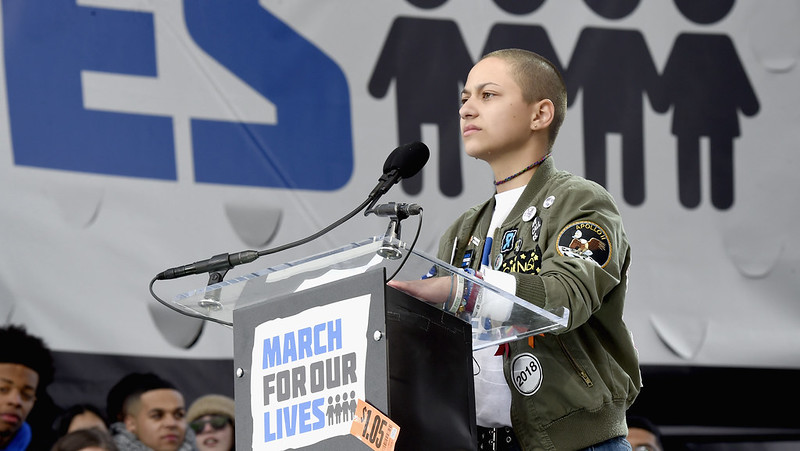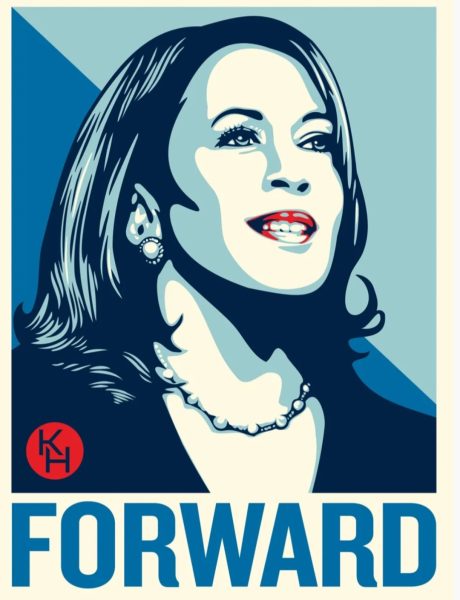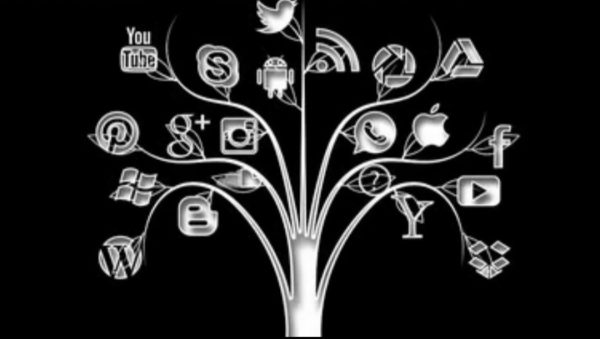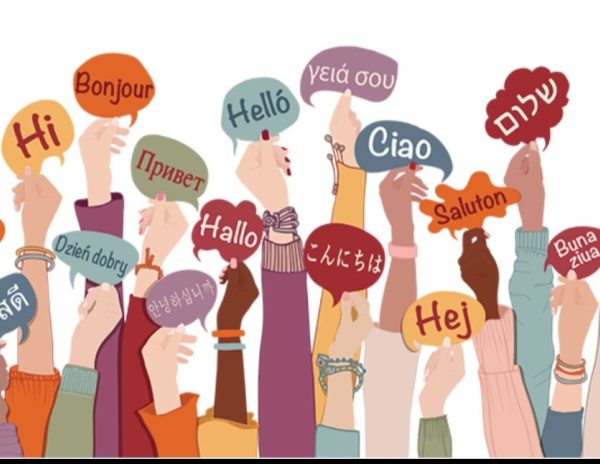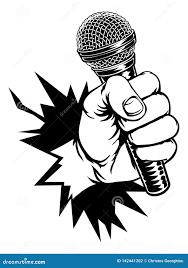Parkland 4 years later: has anything changed?
Gun regulation reforms have been in a stalemate for as long as we can remember, Emma Gonzalez, a Parkland survivor, gives a moving speech as the fight for school safety brews on.
Despite the efforts of the student-led gun control movement, ignited by the 2018 tragedy in Parkland, Florida, the 2021-2022 school year is on track to be the most violent in recent years.
The spike in school shootings is disappointing for many Parkland survivors. They hoped their tragedy would be the last.
Parkland holds the record as the deadliest high school shooting in the U.S., killing 17 people and injuring 17 more. Publicized all over the world, the national conversation on the gun debate had been renewed once again, just like after Sandy Hook and Columbine — other monstrosities.
School shootings have become a political hot potato. Parkland survivor Sari Kaufman said, “There’s been lots of progress made across the country and across party lines, no doubt—but at the same time, there are far too many politicians who instead of prioritizing our safety, choose politics over our lives.”
Children from Democratic families and Republican families all face the same threat.
To this day, this school year has been the highest number shot in that five-month period since the nonprofit gun control advocacy group Everytown began tracking gunfire incidents nearly a decade ago in 2013. There have been 136 instances of gun violence on school grounds reported in the first half of this school year—a figure nearly four times the previous average for that period.
So after all this political strife, media outrage, and broken hearts has anything really changed?
Just over two months ago, another gunman stormed an American high school, killing four students and injuring seven at Oxford High School in Michigan—making it the nation’s deadliest school shooting since Parkland in 2018. Once again, the shooting sparked another wave of outrage from student advocates, who called on lawmakers to do more to prevent school shootings.
This is old news, but after Parkland, many thought this time would be different. A month later, an estimated 1.2 million to 2 million people joined the March for Our Lives demonstration where celebrities, activists, and civilians protested against gun violence, calling for stricter gun laws.
The movement gained traction. But the momentum came and went.
For starters: what went wrong? The FBIs failure to investigate a January 2018 tip before the Parkland massacre was one of numerous warning signs that authorities failed to pursue.
On at least three other occasions, including multiple calls to the Broward County Sheriff’s Office, authorities were told that Cruz was a potential school shooter.
Reread that one more time.
Those lapses continued until the day he opened fire.
Officials have said a person close to Cruz called the FBI’s tip line to warn the agency of concerns about Cruz’s “gun ownership, desire to kill people, erratic behavior, and disturbing social media posts, as well as the potential of him conducting a school shooting.”
The FBI, however, failed to pass the tip along to its local field office, officials have acknowledged.
Usually the problem comes from the fact that the most likely to spot dangerous warning signs often feel loyalty to that attacker and ignore the glaring signs; however, this person, seemingly close to Cruz, tried to speak up and yet there was nothing done about it.
Nothing was done about it.
Days after the attack, the FBI acknowledged it did not follow its own rules for investigating tips related to Cruz. With all of these previews of coming destruction, why wasn’t any action taken? Could Cruz have been helped?
Law enforcement tells us: “If you see something, say something.”
With Cruz, there was plenty to see and also plenty to say, so what can be done to change this oversight? The problem with this shooting, as well as all the others, was the refusal to act.
But an issue with this is the failure to pass on information. How are people supposed to act if they’re not getting all of the information?
There are avenues to open: working with families or schools to address the underlying causes of depression or mental instability; recommending in-patient or out-patient care with a mental health clinic; or going to a judge to restrict the person’s access to firearms, including ones already in the subject’s possession.
However, all this ‘information sharing’ takes communication between different fronts. We need law enforcement, mental health and social services to work together with localities to organize themselves, educate the public, and put together the capacity to do ‘behavioral risk assessments.’
The Parkland shooting, despite the headlines and the impassioned speeches, has not led to significant change. So what does it take to make people take the action young kids and parents are begging for? We’ve gone past the point talking about helping. The death count will rise as we continue to “lock down,” “lock out,” shelter in place,” and offer “thoughts and prayers.”
We’ll sit on our couches, repost on social media, and then go back to our honeycombed lives. What has to happen to affect change? Does anyone know? Why does this happen in The United States? All we can do right now is look to our own communities to protect ourselves.
There isn’t that much more hope I could give you.


